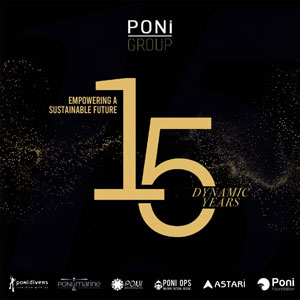HANOI (ANN/VIETNAM NEWS) – Confronted with a persistent rise in air pollution, Hanoi is actively implementing a range of solutions. The municipal People’s Committee is overseeing intensified inspections to curb straw burning, especially in areas proximate to national highways and Noi Bai International Airport.
The Hanoi Department of Natural Resources and Environment (DoNRE) has compiled a district-wise list highlighting elevated straw burning rates. This information has been forwarded to the municipal People’s Committee for publication on the city’s portal.
Under the guidance of the DoNRE, collaboration with the departments of agriculture and rural development, industry, and trade aims to incentivise businesses to purchase straw as a raw material. This initiative not only promises economic efficiency but also aids in sustainable straw consumption post-harvest.
In a parallel effort, the Hanoi Department of Science and Technology is taking the lead in researching and proposing eco-friendly technologies for the collection, transportation, and treatment of straw, ensuring a comprehensive approach to mitigating the environmental impact.
In recent years, with urbanisation and expansion, Hanoi has become one of the 17 largest cities in the world and is facing negative impacts due to environmental pollution and climate change.
The consequences seriously affect quality of life and sustainable development.
Shortage of environmental solutions and limited awareness of some residents are significant challenges for Hanoi.
Air pollution in Hanoi is exacerbated by seasonal transitions.
In summer, rain, high temperatures and strong winds reduce dust concentration. But in winter, there is little wind and rain and pollutant levels rise.
Harmful emission from production facilities, industrial zones, craft villages, construction sites and vehicles are not well controlled.
Statistics of the Department of Transport showed that Hanoi has 7.8 million vehicles, not including vehicles from provinces and cities constantly entering and leaving the capital.
Many motorbikes are old, emitting black smoke into the environment making the pollution even more serious.
Recently, at the workshop “Air quality management for Hanoi – From commitment to action” organised by the municipal People’s Committee and the World Bank (WB), experts said that solving the problem required coordination among Hanoi and neighbouring provinces.
The WB proposed different solutions to improve the air quality.
The capital city needs to effectively ban outdoor burning of garbage and agricultural waste, better manage agricultural waste and take measures to reduce street dust.
It should enforce motorbike emission control standards, and promote public transport and electric vehicles.
The city should also develop a sustainable waste management strategy to eliminate outdoor waste burning and increase waste collection, classification and recycling.
One more solution is addressing ammonium emissions from agriculture, and using organic fertilisers.
Another issue for Hanoi is tightening emission standards for power plants, increasing renewable energy in accordance with Vietnam’s commitment at the 2021 United Nations Climate Change Conference (COP 26) to achieve zero emissions by 2050, and reducing coal and biomass in craft villages.








